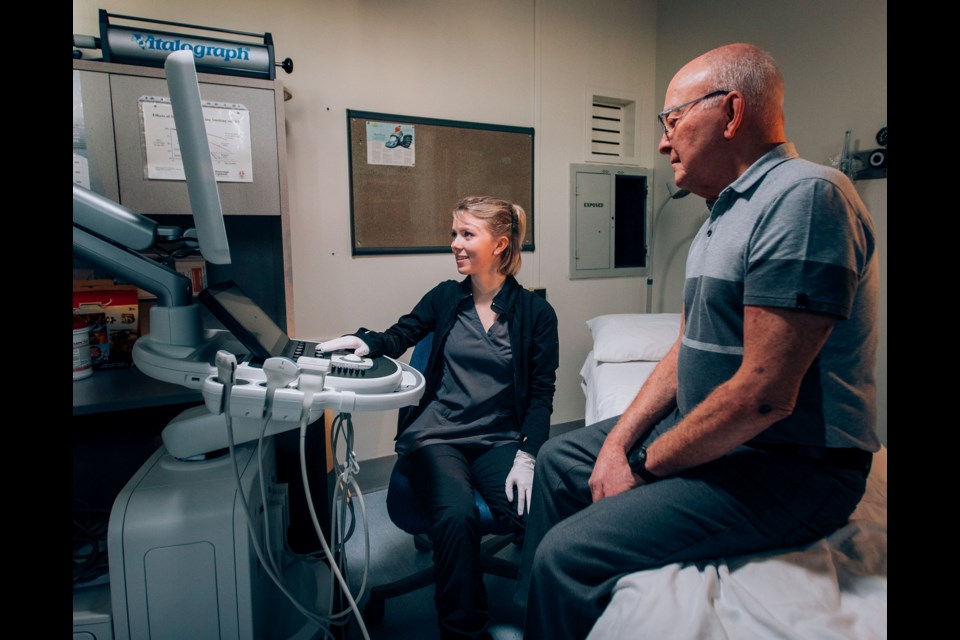THUNDER BAY - Sometimes a picture can say much more than words ever could, and for those facing a possible illness or disease, diagnostic images can mean the difference between life and death.
St. Joseph’s Care Group recently launched its new fundraising campaign, A Picture is Worth 1,000 Words, to raise the $200,000 required to replace its aging diagnostic imaging equipment.
“Our equipment, our diagnostic equipment is around 20 years old,” said St. Joseph’s Care Group president and CEO, Tracy Buckler. “It is at the end of its useful life, that’s for sure. We need to get new technology in, we need to make sure we have everything our clients need on site as much as possible. It’s a great campaign. We are excited.”
The diagnostic imaging campaign was launched last week and Gail Breschia, executive director of St. Joseph’s Foundation of Thunder Bay, said it has already been a success and is halfway to achieving its goal.
“We are very excited,” she said. “The community has just embraced this campaign, they love St. Joseph’s Care Group, we have so many tentacles that go out to the community and help service our clients and help support the needs of the community.”
Breschia added that they have been getting the word out through public advertising, a direct mail campaign, and a Celebrate our Heritage event, which has helped engage the community.
“It is imperative that we have this new equipment,” she said. “What we’ve done is designed a campaign around a match program. Until the end of December is a two for one match, so every $1 the community gives to us, we will match it with $2.”
The $200,000 raised will be used to purchase new ultrasound and X-ray machines. Buckler said the hospital has already planned for the equipment’s arrival and she has no doubt that they will reach their goal.
“We have 264 in-patients here at St. Joseph’s Hospital, so anytime we can provide the service on site, we like to do that,” Buckler said. “X-ray equipment or ultrasound equipment can diagnosis conditions and can help get people help sooner. It is important that we try to maintain our people in their own location as much as we possibly can for their own comfort.”
